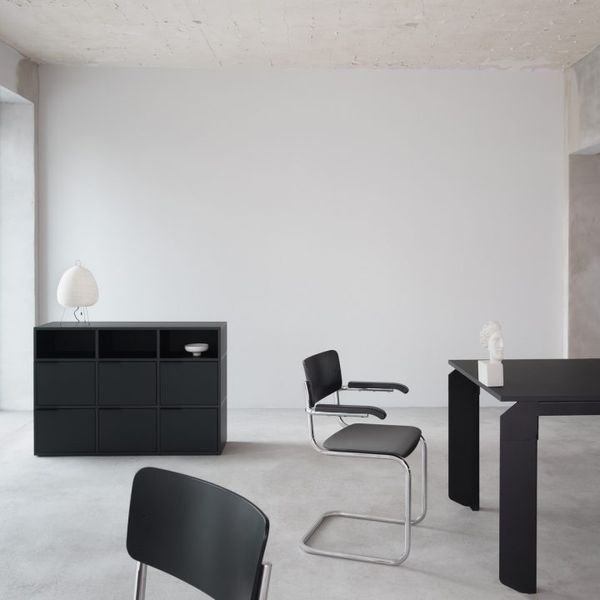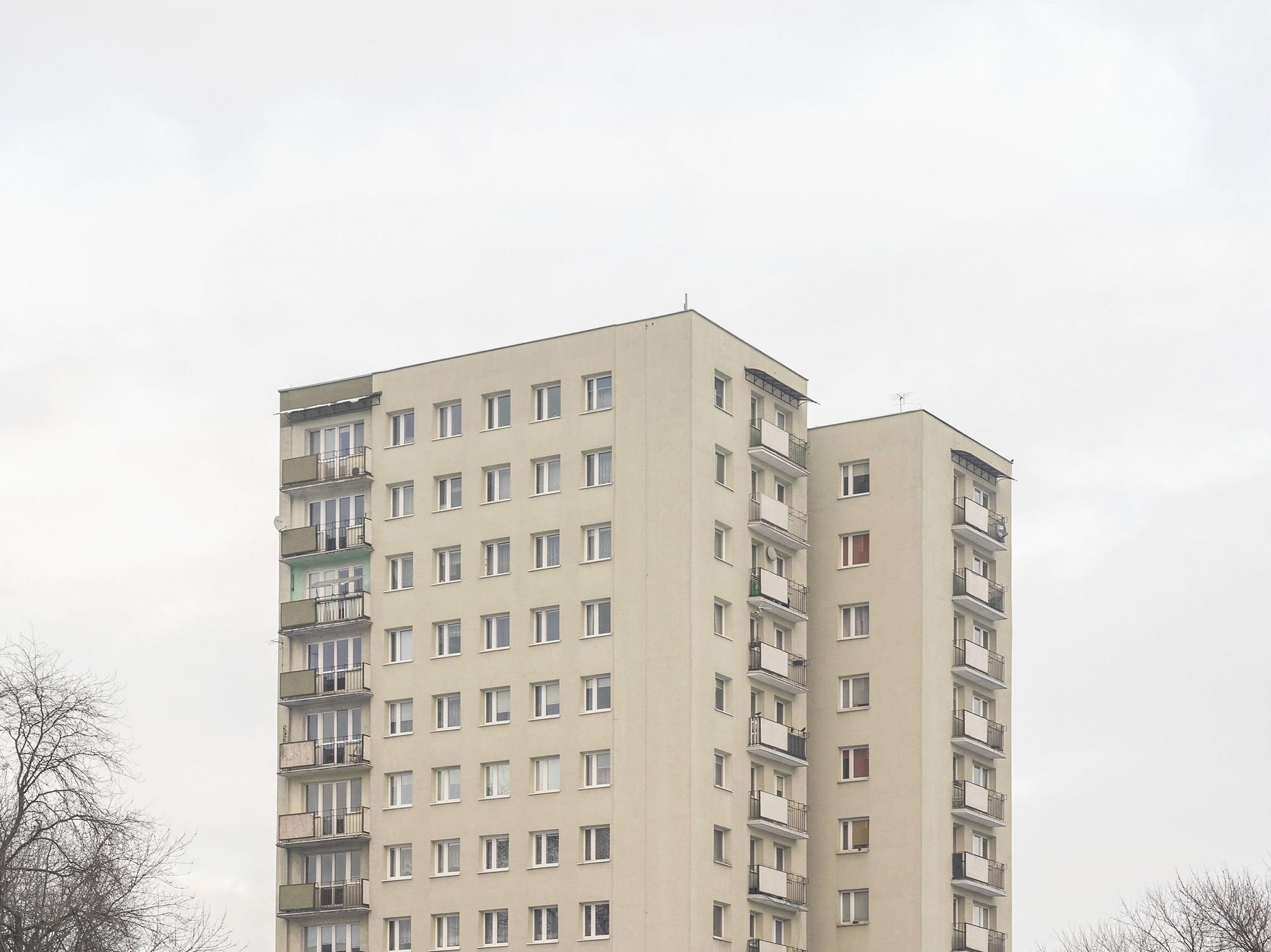In our shared history book, panel houses are written in capital letters and are indelible—familiar to us even if they have different character traits from country to country (or even from city to city and neighborhood to neighborhood). How does a young photographer approach the subject? Where does the “exoticism” of prefabricated housing lie? Can this strange and unprecedented atmosphere be captured through photography? The exhibition by Ilka Olajos answers these questions, among others.
For us Eastern Europeans, panel buildings are our common bond. Some have experienced firsthand the unique atmosphere of paper-thin walls, scribbled (and constantly malfunctioning) elevator cabins, garbage dumps and snake plants lurking in the stairwells, and of course, some have only seen the (terrifying) sight of the soaring concrete towers from afar.
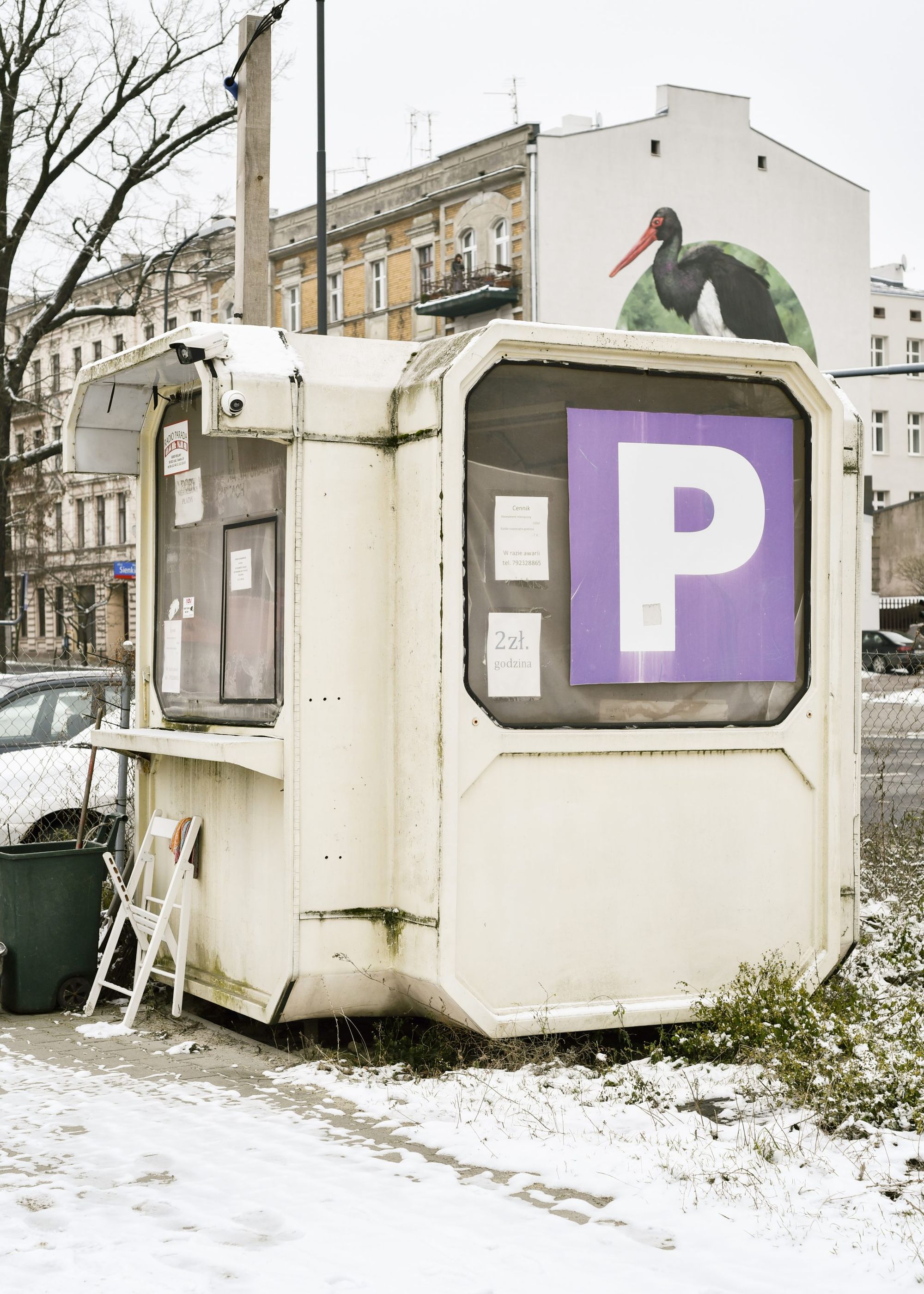
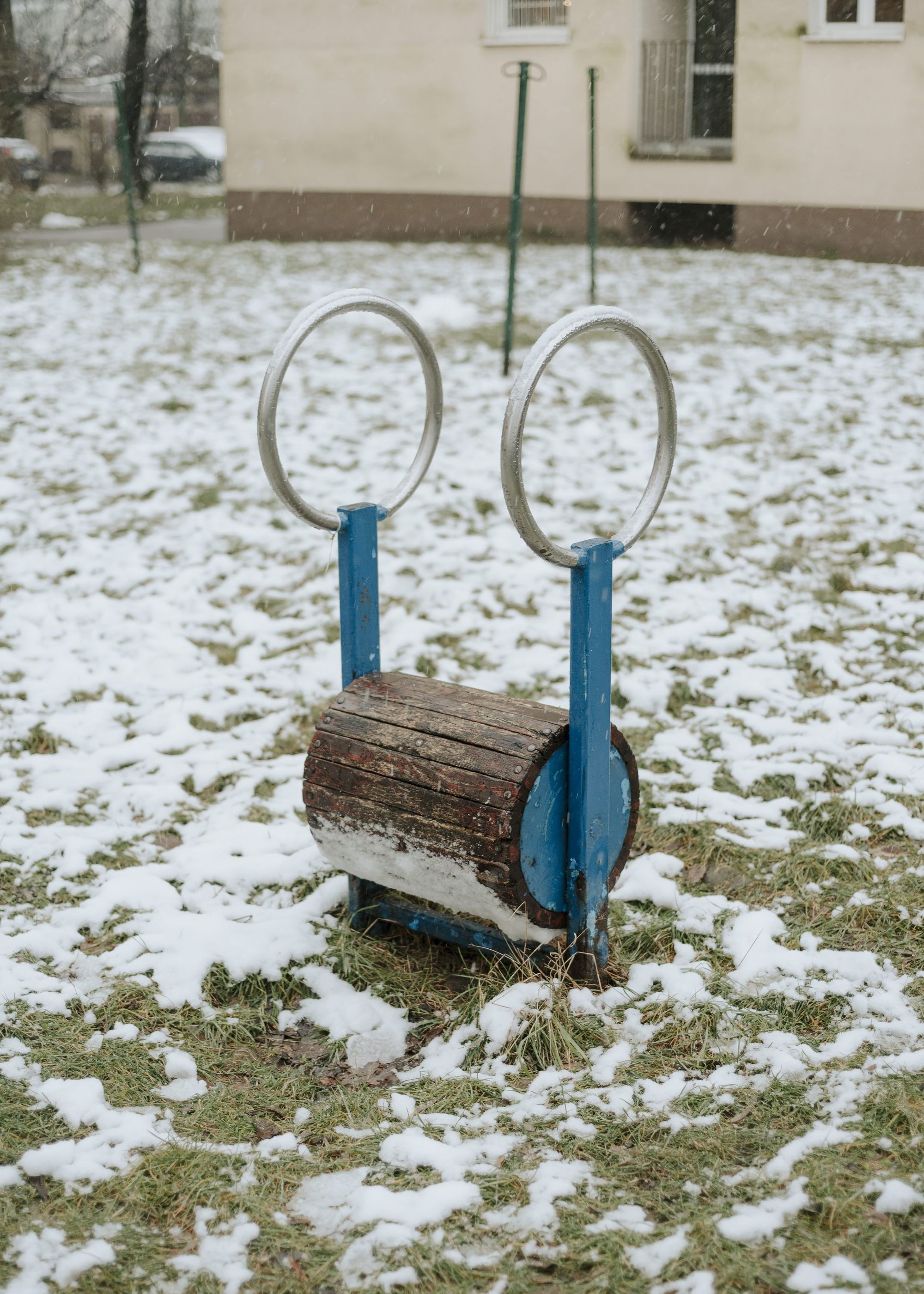
The panel is a rewarding subject, an endless source of inspiration from which we could not escape even if we wanted to. It is our common language from Poland to Ukraine—it’s something we have inherited. It is no coincidence that we have also dealt here in the Hype&Hyper columns with many projects that have explored the panel phenomenon from a particular angle. To name just a few examples, we have previously presented the book “Balcony Chic” published by Ukrainian Osnovy Publishing, but we also gave you a look at the “Close” series by Slovak photographer Michal Zahornacky and wrote about the collection of prefab houses inspired by the Russian collective sxema3d. So it was only natural that we should also report on the exhibition entitled “Panel” by Ilka Olajos.

Ilka Olajos grew up in a four-story apartment building with a circular corridor. She had never lived in panel blocks and perhaps that’s why she developed an interest in prefabricated housing. “I have always seen these buildings as a kind of exoticism. It was when they started to renovate and color the buildings within the framework of the panel program, that the topic really started to attract my attention.” In 2019—also under the umbrella of the Budapest Photo Festival—Ilka opened a solo exhibition at the Lívia-villa, where she explored the issue of housing and segregation in Budapest through her photographs.
In the “Panel” exhibition at the K11 LABOR exhibition space, you can find color enlargements, sometimes smaller, sometimes larger ones: no matter how hard you look for the labels—to find some sort of guidance—no captions are given, and neither the date the photo was taken nor the location is mentioned next to any of the shots. The unsuspecting visitor might even feel uncomfortable in this (presumably very deliberate) state of information deficit.
Looking at the “Panel” exhibition material, we could think that these pictures could have been taken in any Eastern European city. Anyone who has not heard of the exhibition (or has no prior information about it) can reasonably assume that the pictures hanging on the walls were taken in a panel block in Budapest or other parts of Hungary (the absence of the labels mentioned above only confirms this). From the very first moment, there is a sense of familiarity, and only after a few minutes of contemplation do we discover the telltale signs, namely the Polish inscriptions.
Ilka is a young photographer studying for a Master’s degree in Photography at MOME, who spent four months in Lodz as part of the Erasmus+ program, where she continued her research and explored the housing estates of the Polish industrial city through the lens of her camera.
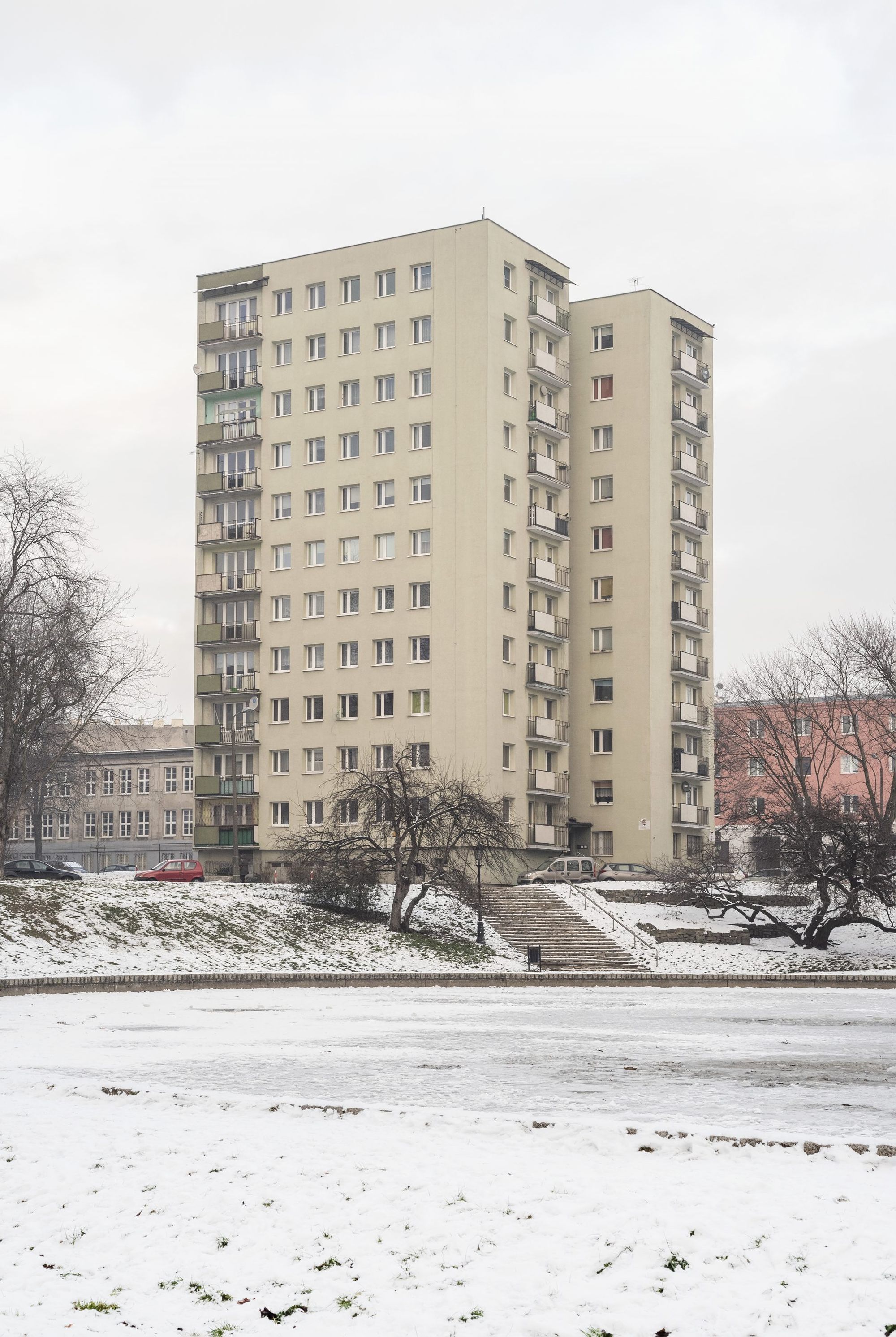
“First, I mapped the streets with the help of Google: I was looking for monuments and statues that are closely connected to the buildings. Given the city’s vastness, I had to define a sort of timetable and route. Fortunately, I had great help from Polish professors on where to start,” says Ilka.
It is therefore completely irrelevant where and exactly when the pictures were taken—Ilka Olajos presents us with images where the Panel, in all capital letters, appears as a concept, as a form of existence, with all its beauty and simplicity, in other words with a very specific aesthetic, to which anyone can relate, regardless of geographical location. As familiar as we are with this environment (or rather, the feeling we get from the exhibited photos), we are happy to lose ourselves in the view of the basketball hoop that lies in the snow, the couch by the staircase entrance that has seen better days, or the rolled-up reed window shades. And a little further away, our lips curl up into a smile when we see the “do-it-yourself gems” (the jungle gym made of car tires and the squirrel wheels). We immerse ourselves in the panel building’s firewall that resembles a solar disk, which, together with the skinny and barren trees, evokes a kind of Far Eastern aesthetic landscape.
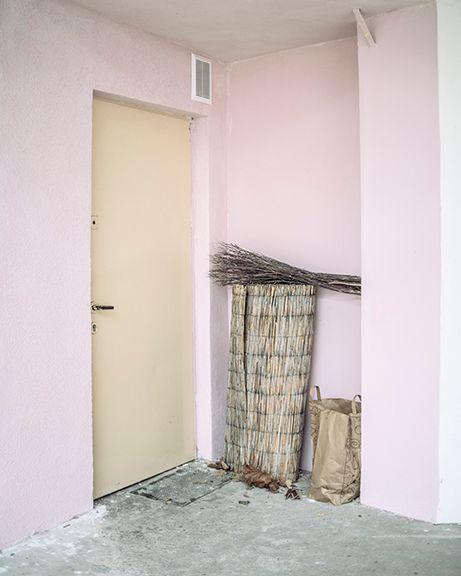

There is something very much missing from the photographs of Ilka Olajos, while at the same time, it is still showing itself invisibly or indirectly. And that is man himself. We are wandering in a desolate landscape, all is bleak and silent here, everything it could is covered by snow. We see only traces of the townspeople, their presence frozen in strange compositions. The Tungsram television, waiting on a four-wheeled trolley, is stuck between two stations, the Yukka, leaning up against the railing, and the ladder, leaning against the ground floor balcony, does not move. They wait for the next minute, the next afternoon, the next time of day or season, for someone to release them from eternity.

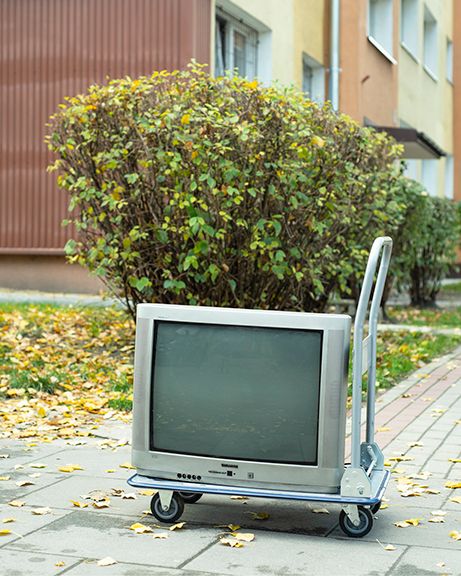
“Slowly, also as a subject of my master’s thesis, my hypothesis has evolved that young people (in the same age group as me) living in today’s panel blocks no longer see these buildings as modernist-constructivist housing estates built in the socialist era, but rather as a kind of lovable, nostalgic living spaces,” adds Ilka, whom we spoke to amid preparations for her master’s degree.
The exhibition will be open at K11 LABOR until the 28th of April 2022, as part of the official program of the Budapest Photo Festival.
Ilka Olajos | Instagram
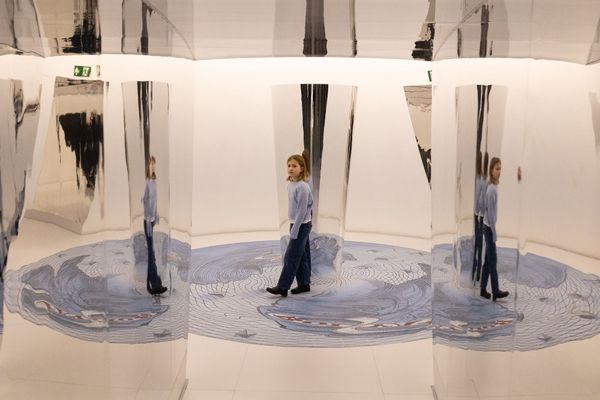
Lunar rovers and astronauts: Hungarians in space at the Dreamers of Dreams 20 exhibition
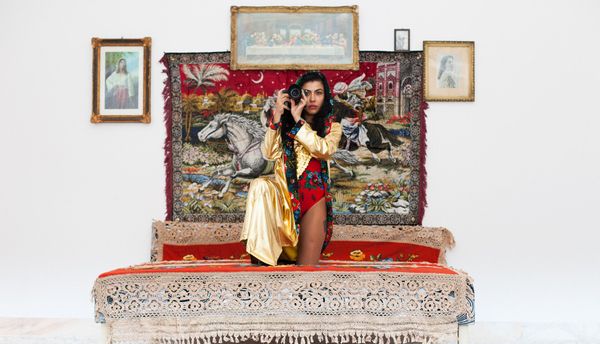
We need to see these at the Venice Biennale! | In the region 3
